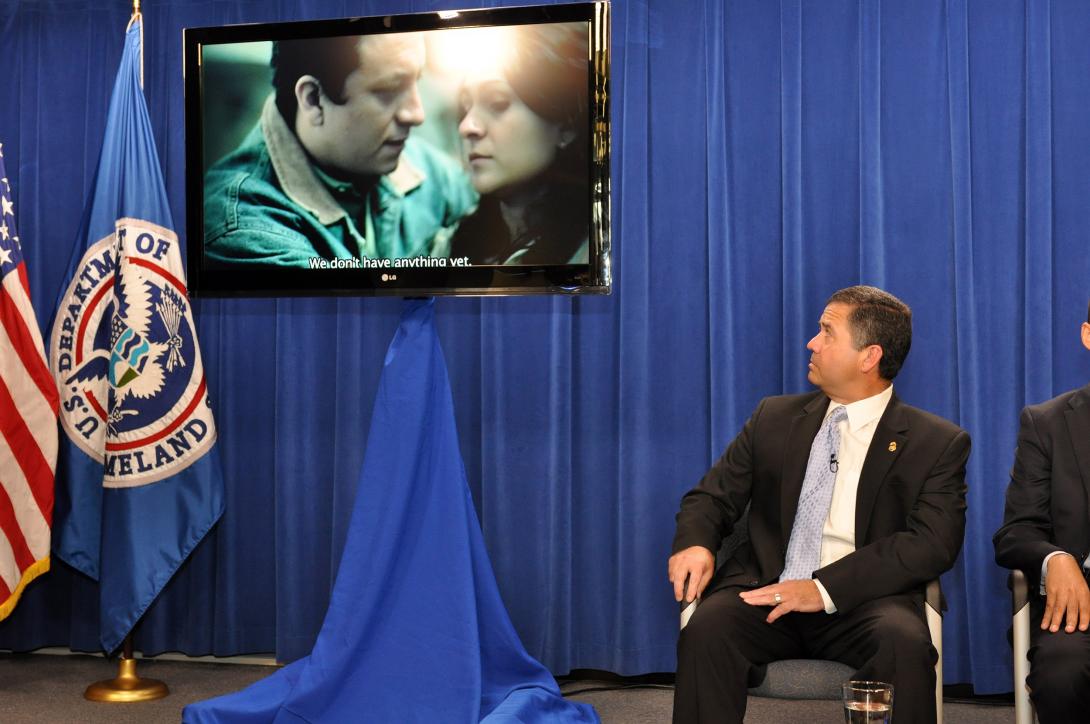U.S. Law Enforcement Gears Up
Though the powers of evil have access to modern technologies, the Department of Homeland Security (DHS) and partner agencies are similarly leveraging the digital world to combat the global human trafficking crisis.
“The Science and Technology Directorate (DHS S&T) digital forensics work is looking to take advantage of a digital output from criminals so that we can help law enforcement track down these people and make a difference,” DHS S&T digital forensics subject matter expert Patricia Wolfhope explained in an episode of “Technology Speaking.”
Facial recognition, according to Wolfhope, has been a game-changing innovation, providing algorithms to help law enforcement track traffickers.
A remaining challenge, however, is the vast amount of data, in this case involving images and videos of child exploitation. “Nobody wants to sit around and view this horrific material, but that’s what’s required,” Wolfhope noted. “We can only go so far with an automated annotation process. Each image and video has to be looked over by an agent in order to verify, validate that the annotations are correct and accurate.”
However, automation is largely reducing investigation times, according to Shane Cullen, program manager for the Forensics and Criminal Investigations Program at S&T.
“An investigator used to take a month or two months to organize a video or chat traffic or the images, and now that can be reduced down to just minutes through an automated process,” he said.
While artificial intelligence requires a training process like that of a human, the significant time in operation can help rescue more victims. “You’re getting down to pixel level formation, that associations with certain types of crimes.”
Therefore, national and international collaboration is underway to develop further guidance for machine learning purposes to ensure factual data annotation by algorithms.






Comments